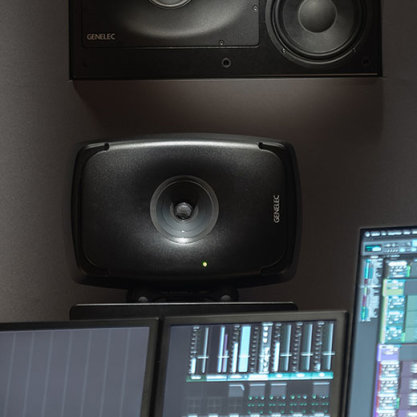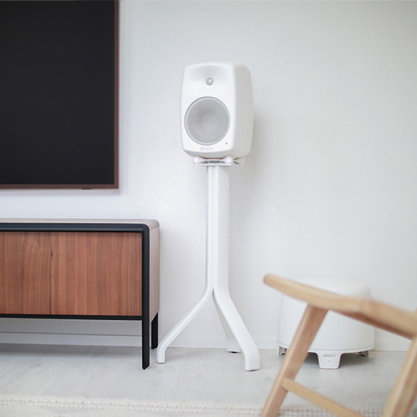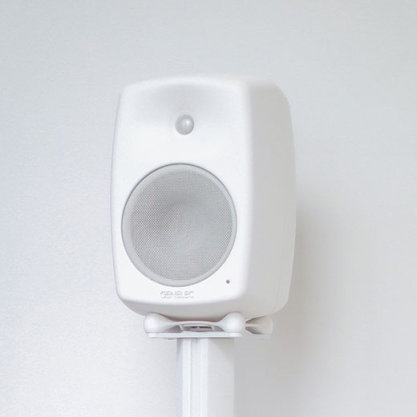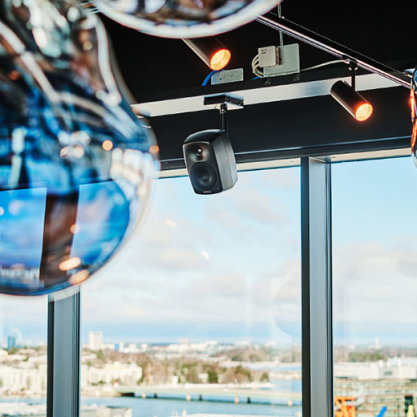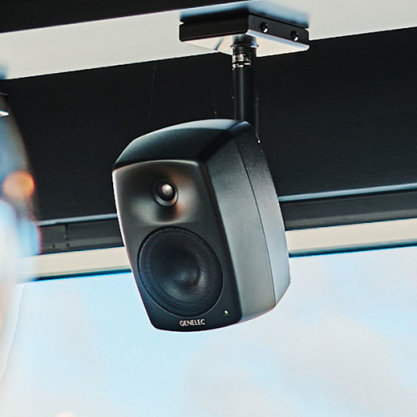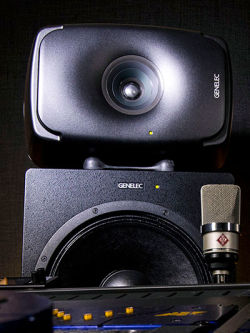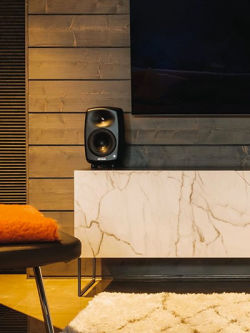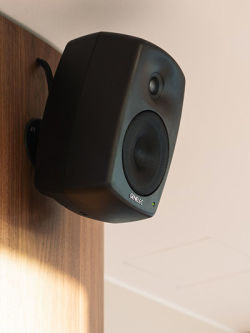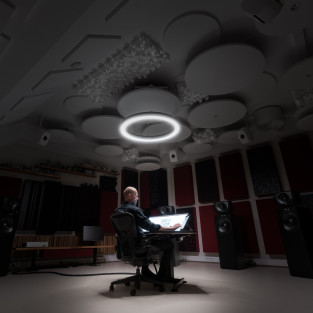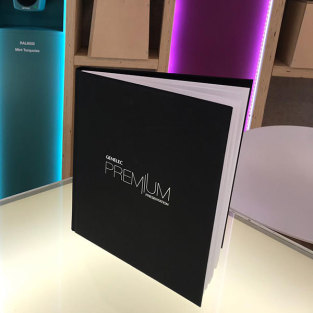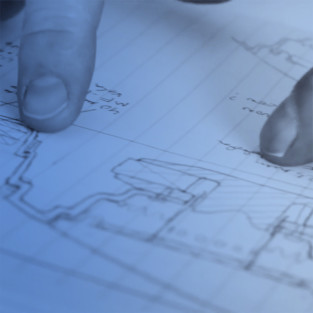GLM 5 is here!
Optimally calibrate and control your SAM Monitoring system by installing the latest version of our award-winning software.
Truthful audio monitoring, anywhere.
Want to make audio to the highest possible standard in your space? No matter what kind of room you work in, we have the ideal monitoring solution for you.
Harmony Tracks 2024
One World. One You. Infinite Creativity.
Make a Harmony Track to showcase your music, help charity and enter our prize draw for studio monitors!
Find the right loudspeakers
Genelec's Sustainability Journey – Built to Trust
Genelec's Sustainability Journey – Built to Trust
At Genelec, sustainability and environmental issues are as important as profitability and sound quality. Our colour has always been green, yet here, green isn’t just a colour, it’s a way of life – our philosophy. In this short video with Genelec Senior Electronics Designer Darren Rose, we give you a glimpse of the environment where we work on our long-lasting, high-quality loudspeakers in the most sustainable way we can. You’ll find out how we pay careful attention to our energy efficiency, materials, suppliers, processes and much more.

